The beginning of weaving textile in Iran dates back to ancient times. Stamps discovered in Lorestan, on which there are engraved motifs, imply that textile art has existed since ancient times. Nowadays there is a variety of ethnic handmade textiles in Iran which have roots in its history.
The most significant types of hand woven textiles in Iran include:
Termeh is one of Iran’s ancient handicrafts that dates back to the Achaemenes Period, some 2500 years ago and reached new heights in Safavid period in the 16th century. Termeh was originally made by hand.
The weavers used silk and wool threads to create this artwork. In those days natural colors were used which ranged from different shades of red and green to black and orange. The weaving process was time-consuming and sensitive, and only 25-30 centimeters of textile was produced each day. Sometimes even gold and silver threads are incorporated into the weave. Termeh is used as tablecloths, cushions, sheets, and bedding.
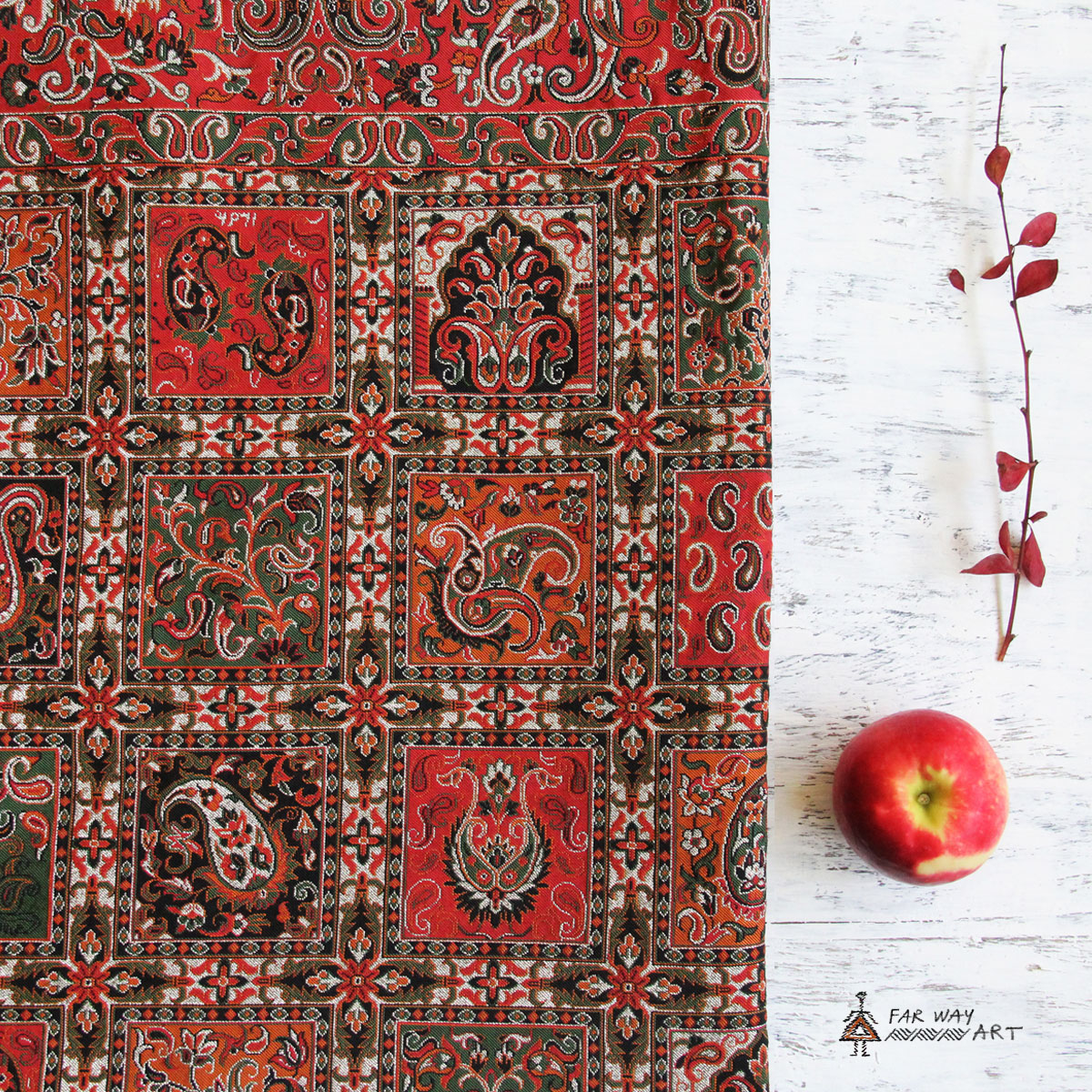 Termeh wall hanging, tablecloth
Termeh wall hanging, tablecloth
Chador-Shab is a colorful textile made of cotton or silk yarn and is woven in regions of Iran such as Yazd, North (North Khorasan, Gilan, Mazandaran) and South (Hormozgan). People of these areas use Chador-Shab to wrap around their bedding. In Gilan province of Iran, Some women use Chador-Shab as a piece of their ethnic clothing. They wrap it around their waist. Women weave Chador-Shab in their own houses with traditional weaving machines made by local carpenters. Weavers do not follow pre-planned designs for making Chador-Shab. Their designs are mental and traditional. Vivid and vibrant colored yarns are used in this textile. Chador-Shab textile is a vibrant colorful textile with abstract motifs of plants, geometric shapes, and animals.
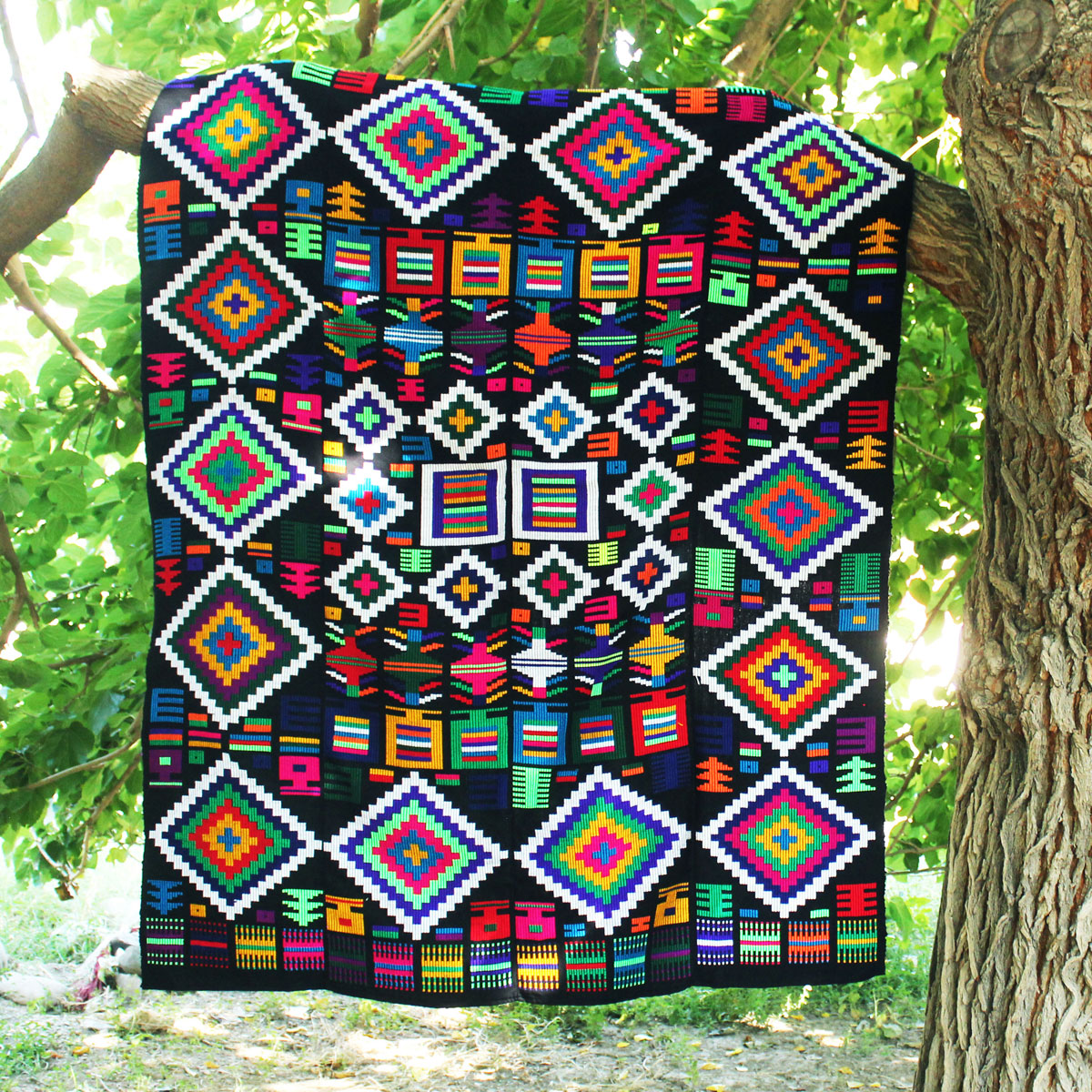 Tribal chador-shab textile
Tribal chador-shab textileIt is called Darayi in Iran and is attached to the identity of an Iranian city named Yazd. Persian Ikat is woven by traditional weaving machines. Back in the old days, Ikat was made with linen fiber and natural dye. Many different products were made with Ikat textile such as bedding, sheet, tablecloth, duvet cover, and other home décor item. They were given to the bride as dowry. Ikat is unique and different than other textiles.
In some textiles like Termeh the design process is simultaneous with the weaving. In some others like hand printed textiles, the designing process is done after the weaving process is finished but designing Ikat happens before the weaving process starts and that makes it unique among the other Persian handmade textiles. Ikat textile has four main colors. The white represents the honesty, the red represents the bright shining sun in the sky, the green represents the tall lash trees, and the brown represent the soil. All these qualities can be found in the city of Yazd, the main center of Ikat weaving in Iran. Persian Ikat is made of three main colors of yellow, red and green. These are the same colors used in colored glass windows in Persian old houses. The reason behind it is the incest repelling function of these three colors, which was very useful when the house was decorated with Ikat textiles and the doors and windows were made with colored glasses.
A type of Persian weave you find in Iran is Jajim. Jajim is a double-sided flat weave mat that does not have any knots. Therefore, they are more soften and thinner than carpets. Jajim is a warm blanket because it is made of wool. Weaving Jajim is common in most rural areas of Iran. The distinction between Jajim of different areas is the combination of color and fineness of its yarn and the type of patterns on it.
Jajim is barely used as a floor covering these days and is merely decorative. Jajim’s designs are mostly abstracts and the same as the ones used in ancient times. Since people of Iran’s rural areas live in nature, they always have some imaginations of the elements of nature in mind. If you see the pattern of a tree it is not really a tree. It is a kind of abstraction of the tree. They usually mix their own beliefs with their mental imageries. For example, if you see a 7-story tree, is influenced by the belief that the earth and the heavens had seven levels.
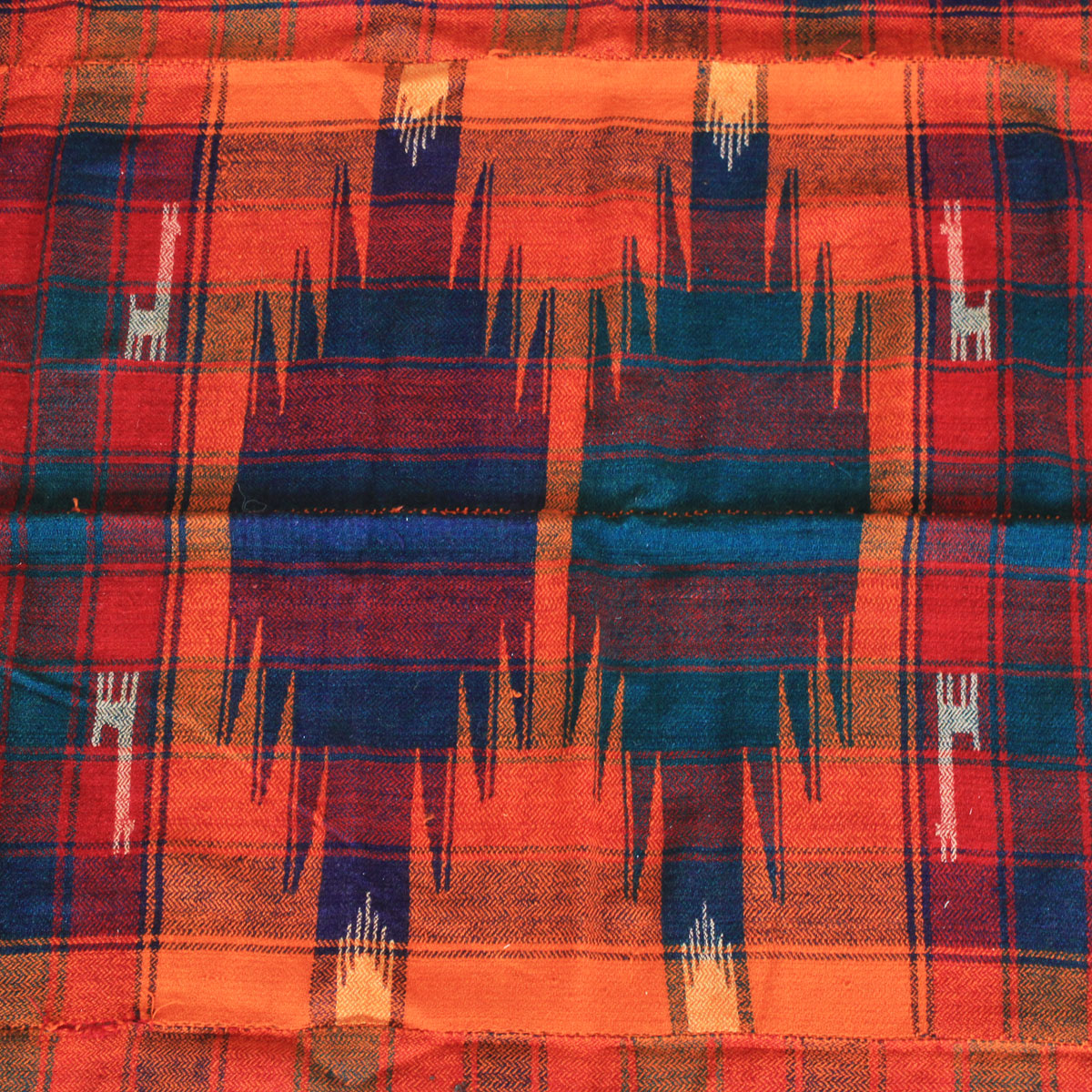 Jajim flat woven rug
Jajim flat woven rug
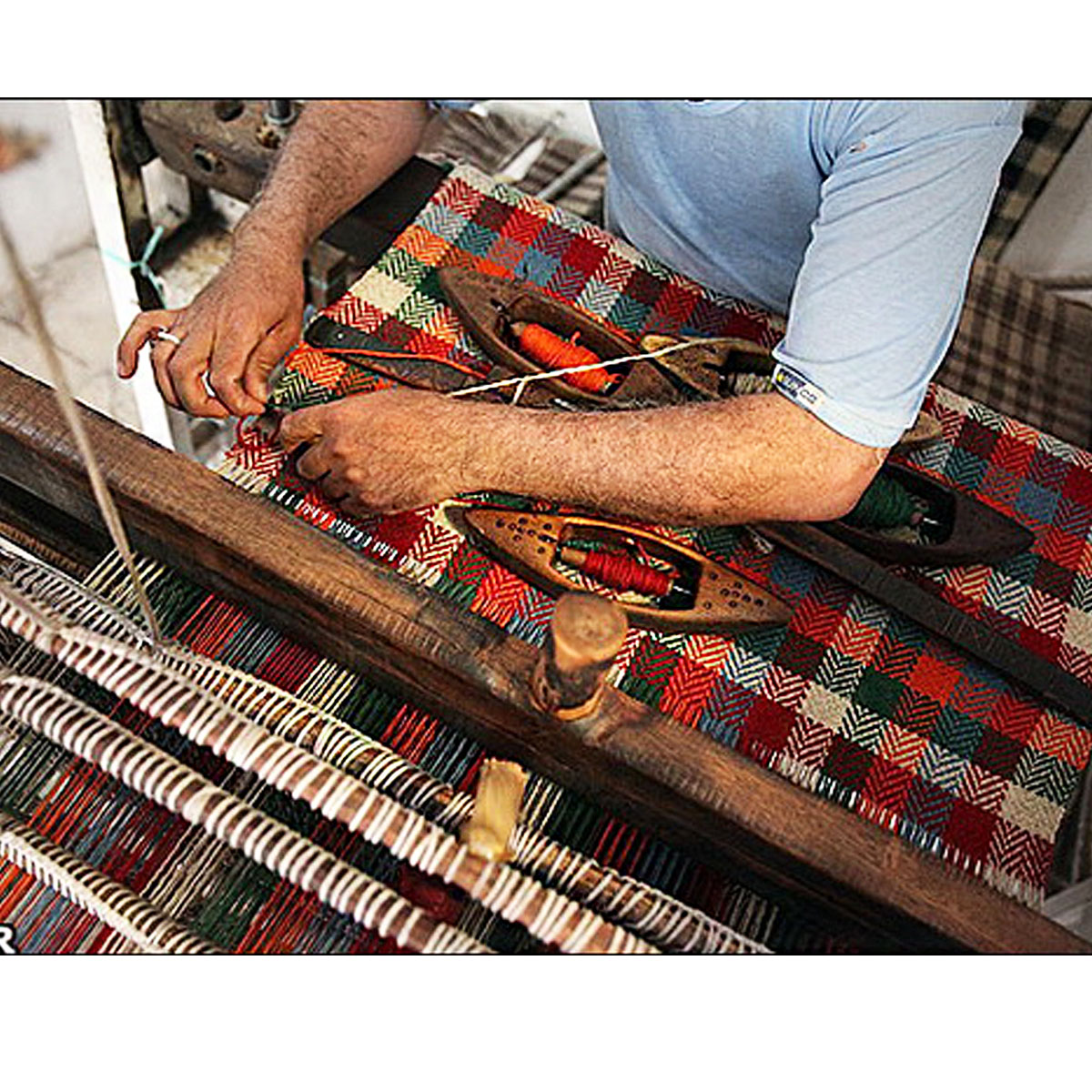 Jajim flatwoven weaving
Jajim flatwoven weaving
Ziloo is one of the oldest Persian handmade products. It was used as a cheap carpet and was woven with cotton yarns which made it warm in the winter and cool in the summer. Today, this carpet has historical and artistic value rather than the usage it had in the past. The origin of Ziloo weaving art is Meybod city near Yazd city in Iran.
Ziloo is a kind of carpet flooring that is woven with yarns and is very similar to a mat. In fact, Ziloo weaving is the developed art of the mat weaving. The raw materials used for Ziloo weaving are undyed cotton threads and dyed cotton yarns. The number of colors in this type of carpet is not more than two. Dyes are derived from plants and vegetables.
Ziloos are divided into three categories in terms of application and color.
Ziloo is mostly woven in desert areas of Iran. Although Ziloo looks like a plain cotton rug, its producing technique shows us that there is a rich culture behind it.
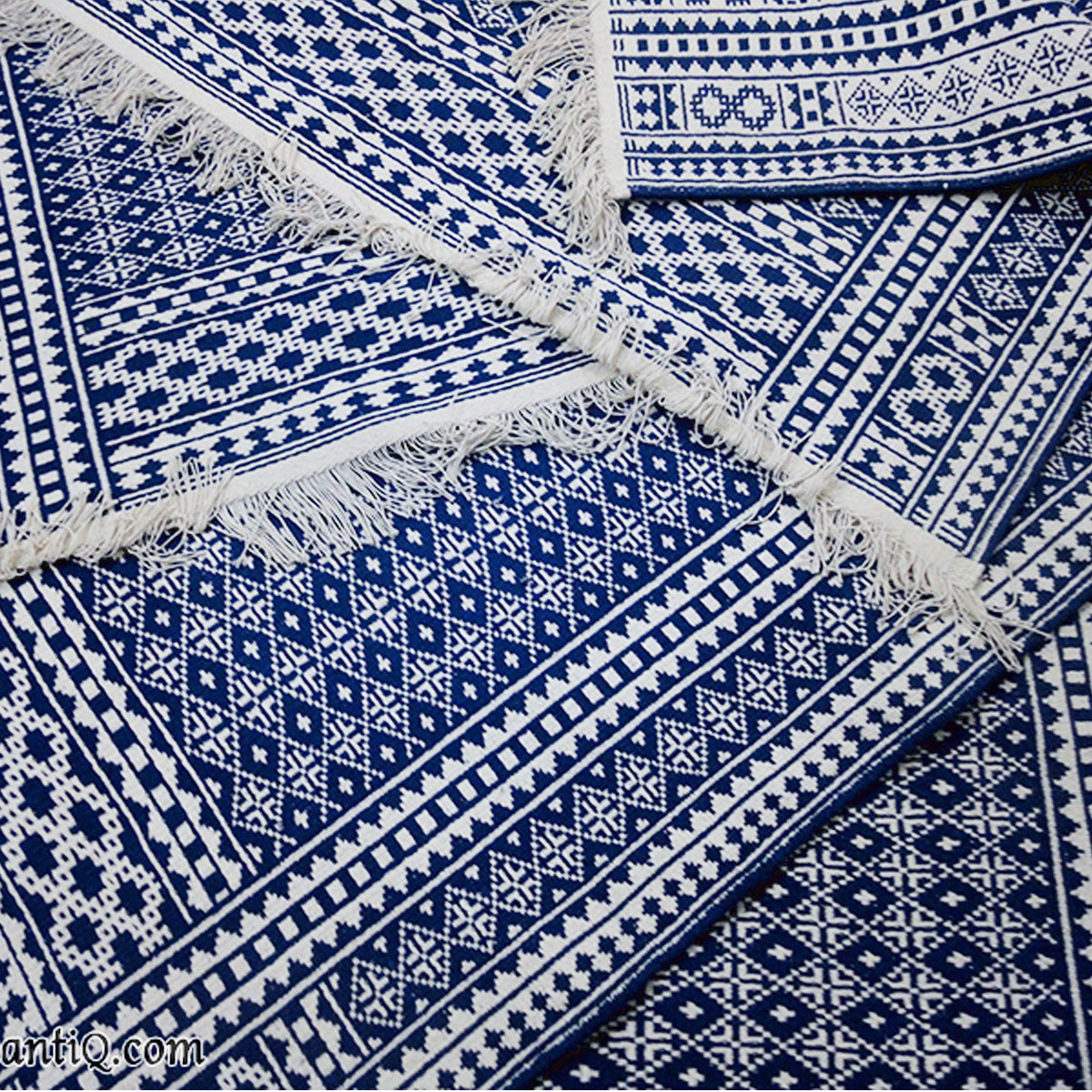 Ziloo rug
Ziloo rug
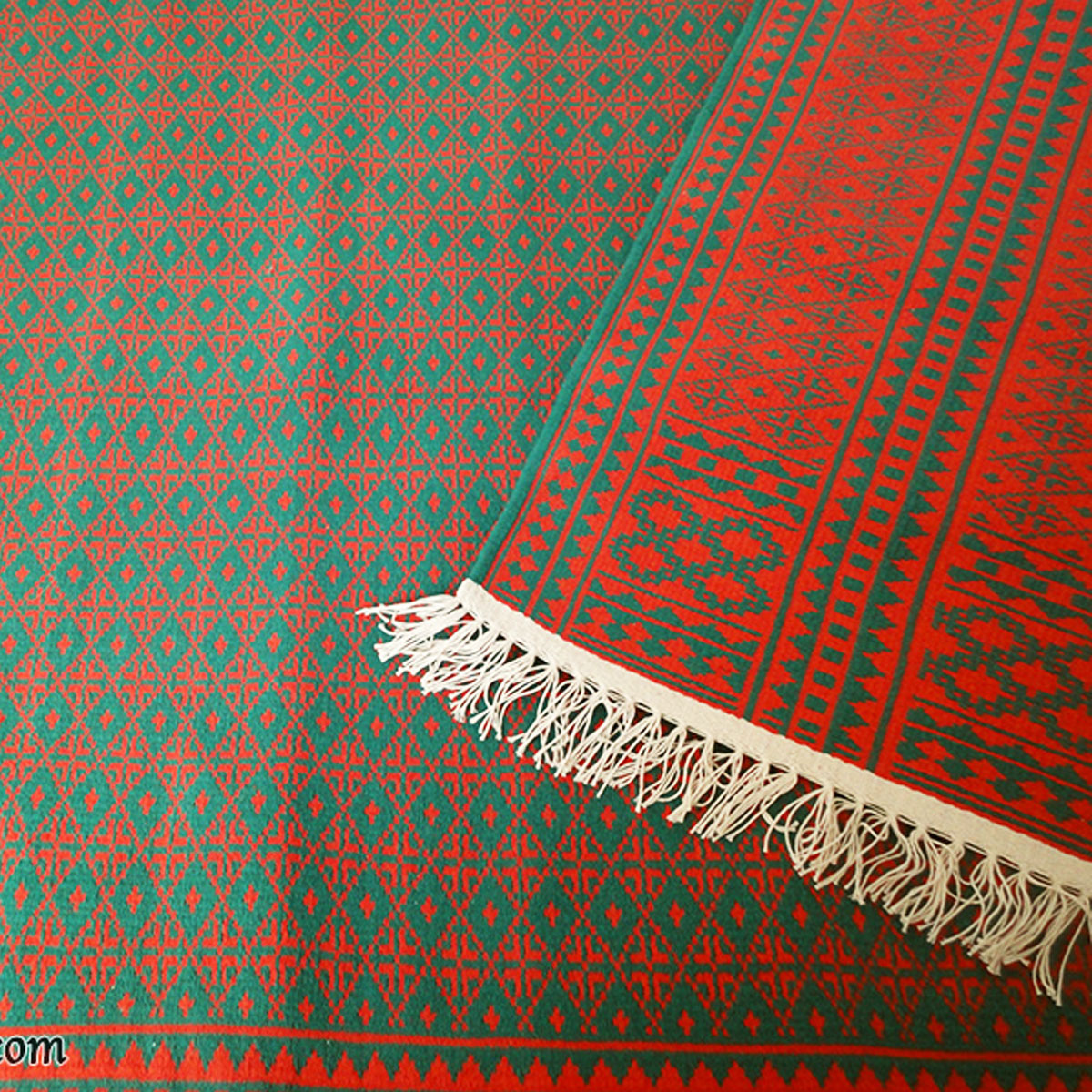 Ziloo rug
Ziloo rug
Gabbeh is a kind of Persian rug that its weaving technique is the same as carpets and is woven on a flat loom. The main differences between Ghabeh and carpet are the size and height of their pile. Gabbeh is made of natural dyes and handspun wool. Gabbeh is woven by nomad women of different provinces of Iran, and its design is more minimalist than carpets. Weaving Gabbeh is common in Fars, Khorasan and Bushehr provinces of Iran more than other areas of Iran. Gabbeh is usually thicker than the carpet. There is no need for any pre-planned design to weave a Gabbeh. Gabbe's designs are created in the weaver's mind reflecting her feelings and thoughts at the moment of weaving. For example, if the weaver had a good day, she would use white color in her Gabbeh and, if she had a bad day she would use black color. Color is more important in Gabbeh than its design.
Persian nomads used Gabbeh as a flooring carpet to keep them warm. Today Gabbeh is used as a decorative rug in modern houses because of its minimal and abstract designs.
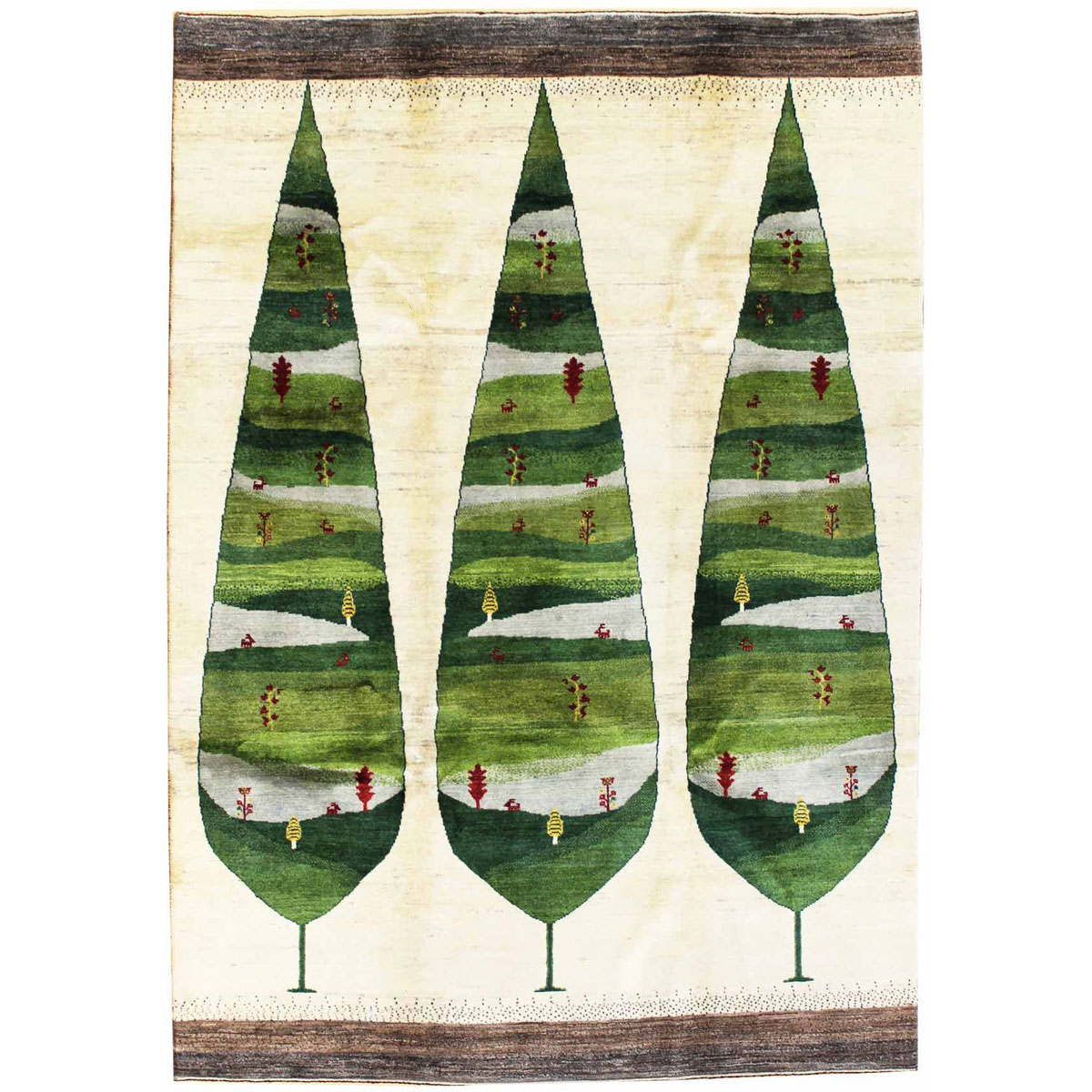 Gabbeh rug
Gabbeh rug
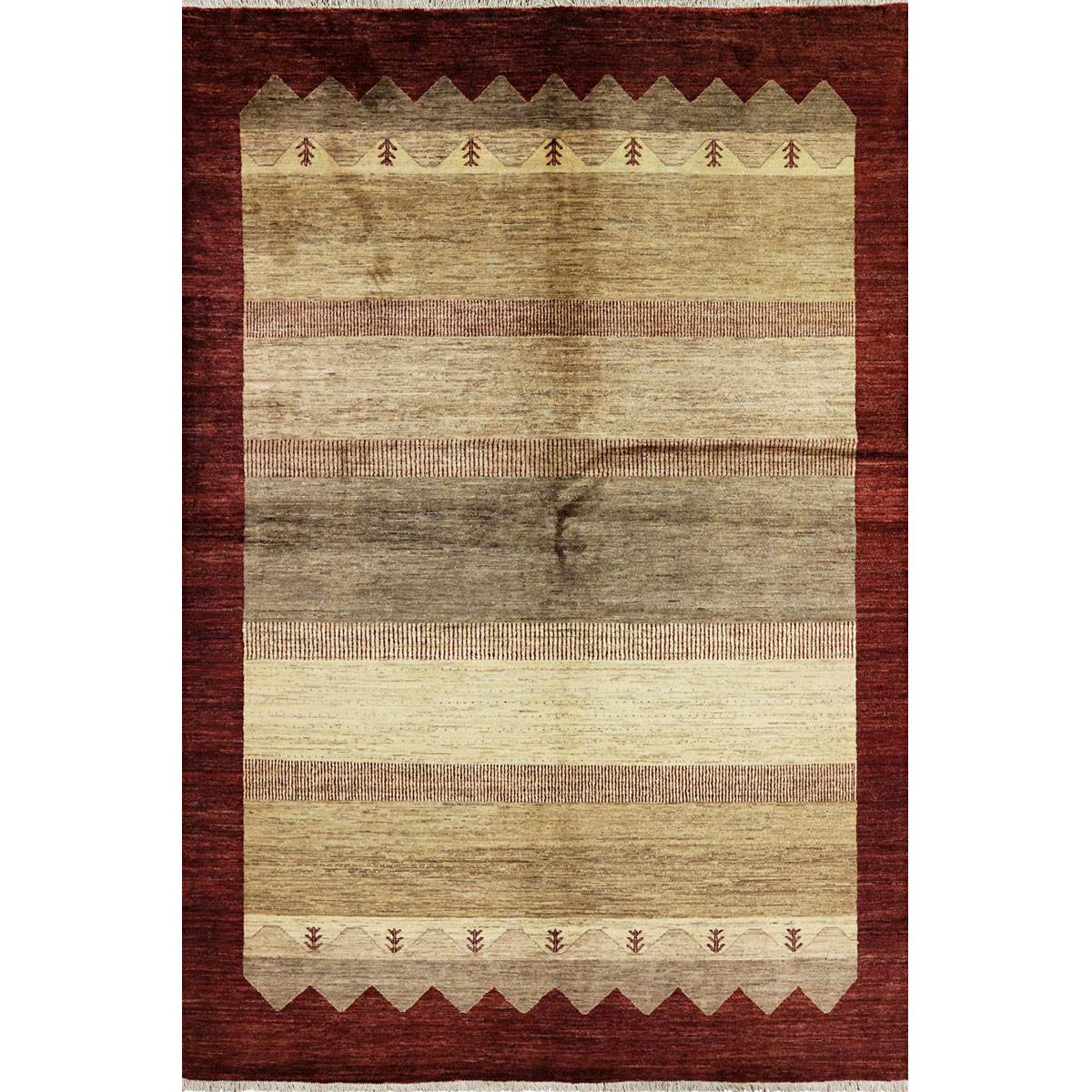 Gabbeh rug
Gabbeh rug
Weaving continues to be an important craft in Iran. For thousands of years, weavers have used this land’s abundant foliage to produce useful and sometimes unique products that are both beautiful and practical.
The art of basket weaving is done with slender reeds called Morvar in some areas of Iran. Basket weavers prefer to use freshly harvested reeds for a better quality product. The first stage of the basket weavings is where all the gathered local reeds are categorized and put into groups according to the size and length. Each one of these groups of reeds is used for weaving a particular type of basket. After that, the reeds go into the boiling water where they are compressed and are kept for 24 hours. This process is done for them to get soft so that they can be skinned much more easily. After the reeds are skinned, they are ready to be woven. After the baskets are woven, they are put under the sun to dry.
Each basket is designed for a specific purpose from baskets that are used in festivals and ceremonies like weddings to put fruits or nuts in them and serve the guests to bird nests.
One type of basket weaving that can be seen throughout Isfahan especially in the nearby city of Najaf-Abad is Arghavan-Bafi or Arghavan-weaving. Arghavan in Farsi, is the name of Judas tree and the rough material used for basket weaving are the slender branches of this tree which are tough enough to stand the dry climate of that region of Iran. Iranians buy these baskets to wash herbs, to plant flowers, or to put washed dishes in them. Some of the Iranian villagers use them to put bread and call them bread baskets.
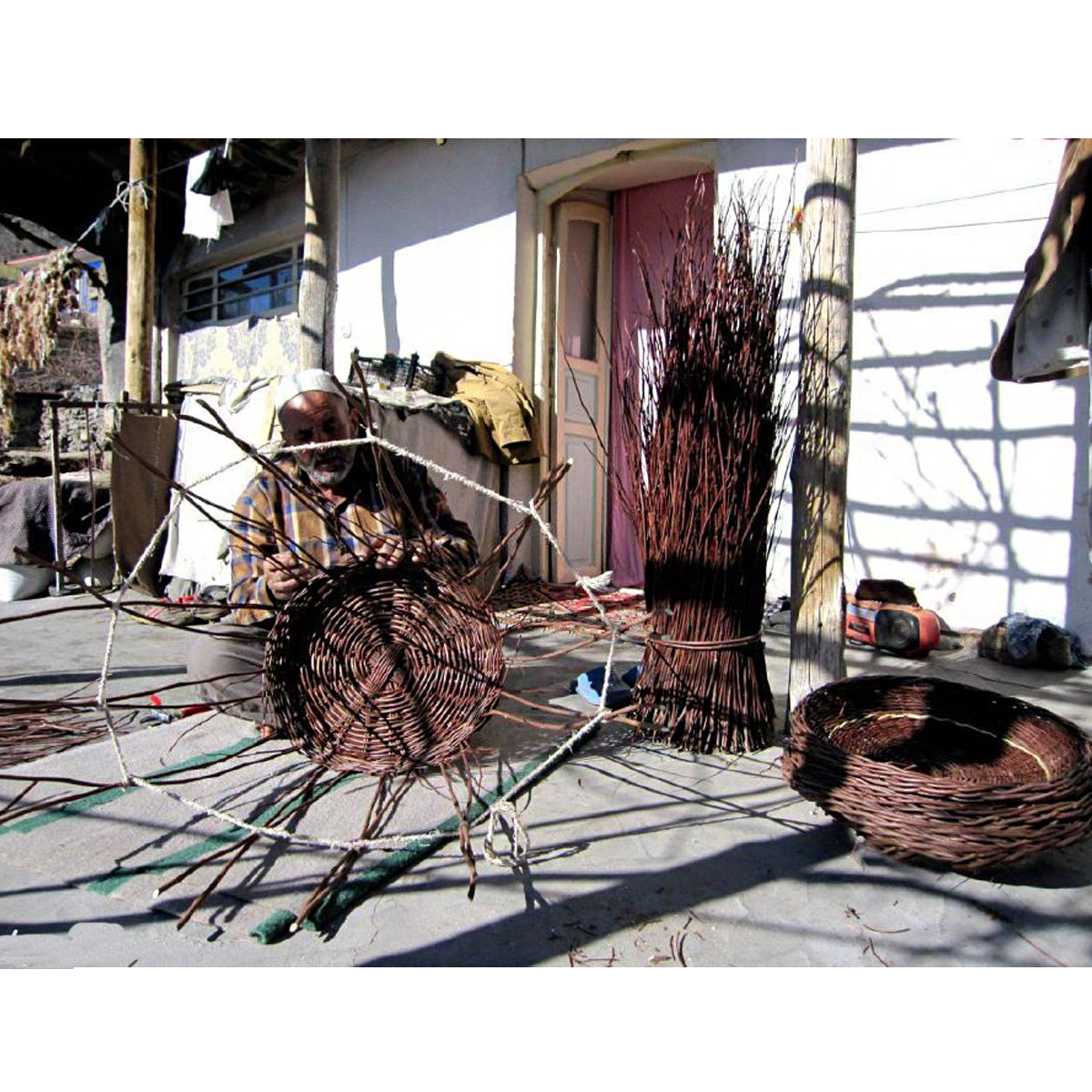 Arghavan-Bafi
Arghavan-Bafi
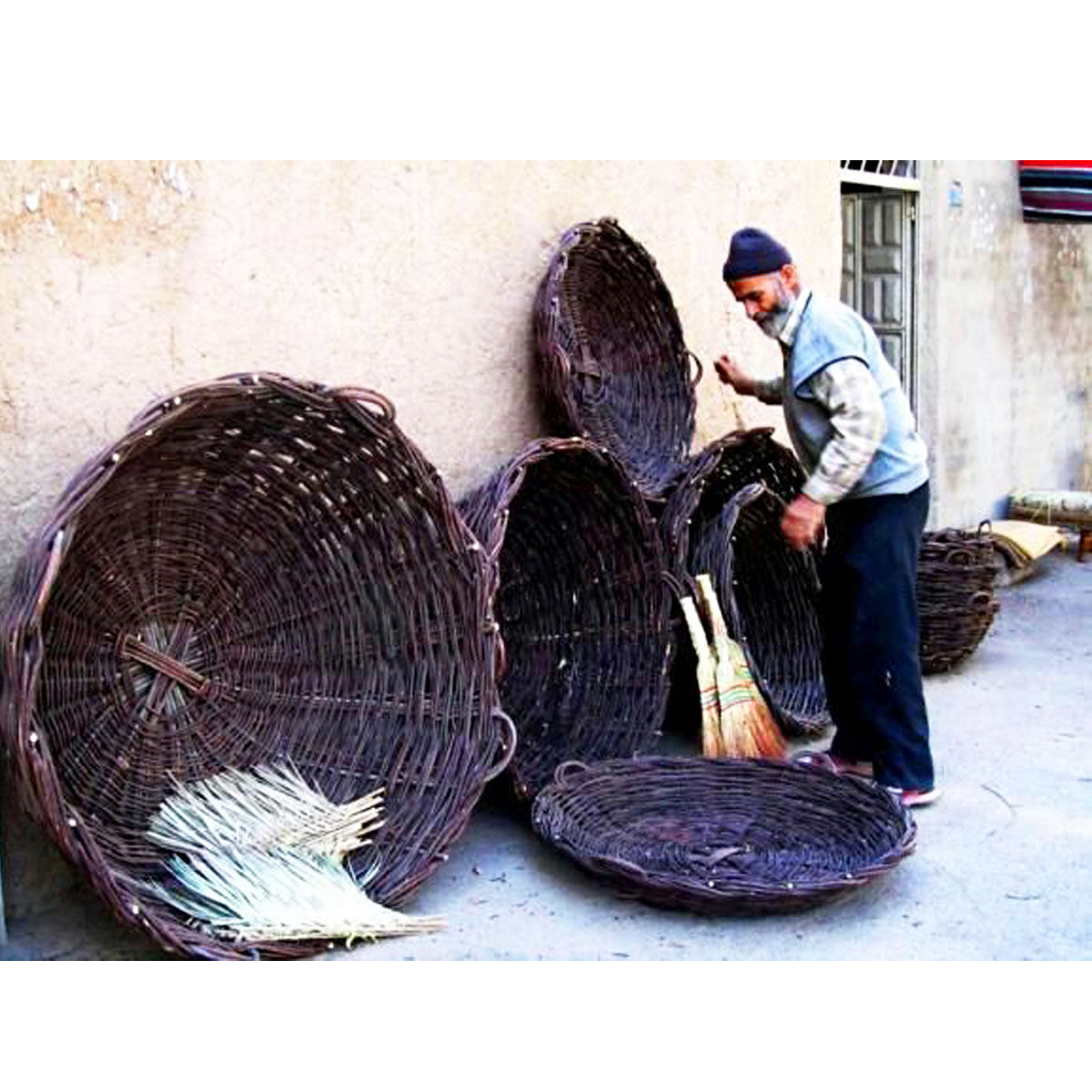 Arghavan-Bafi baskets
Arghavan-Bafi baskets